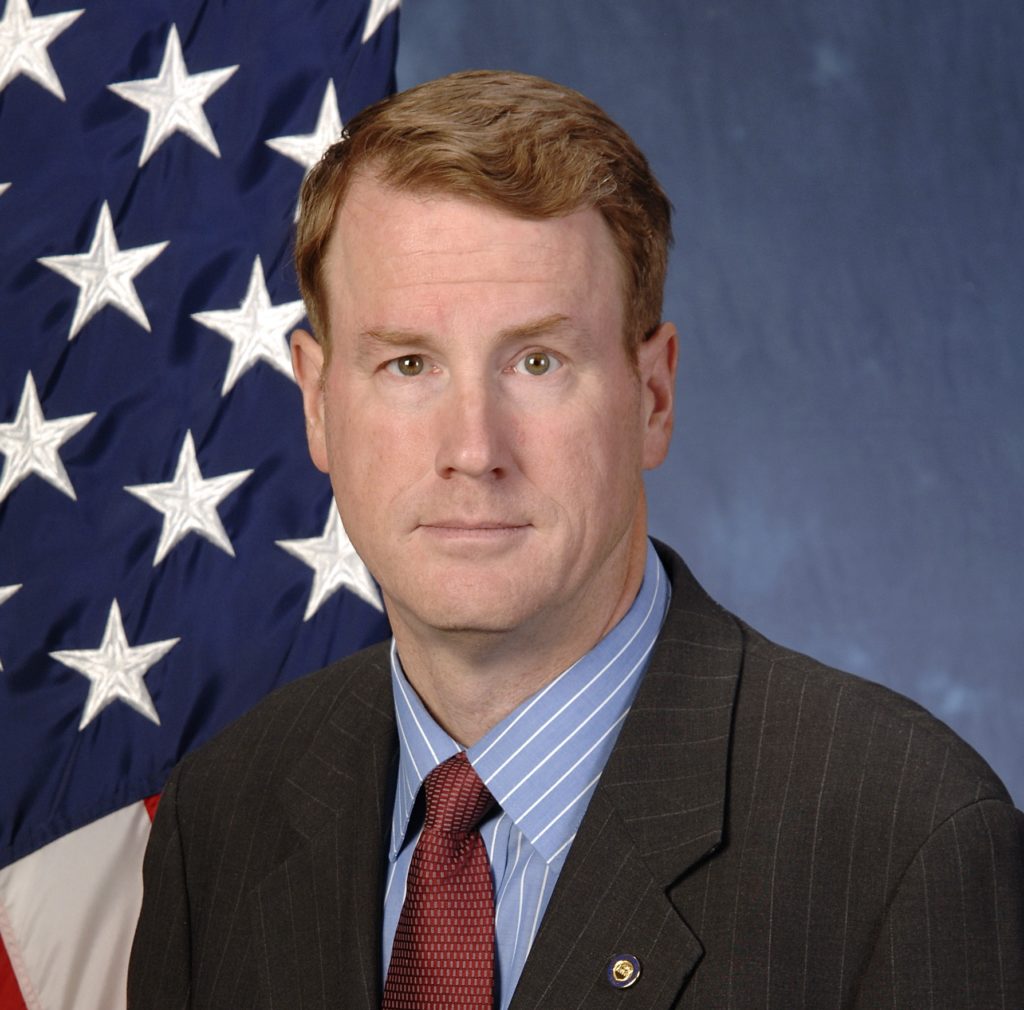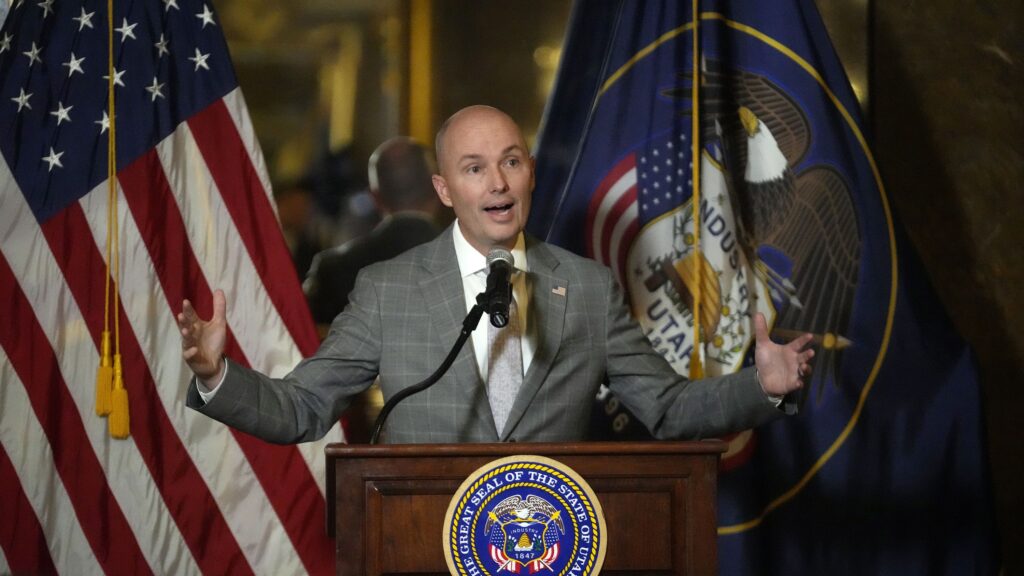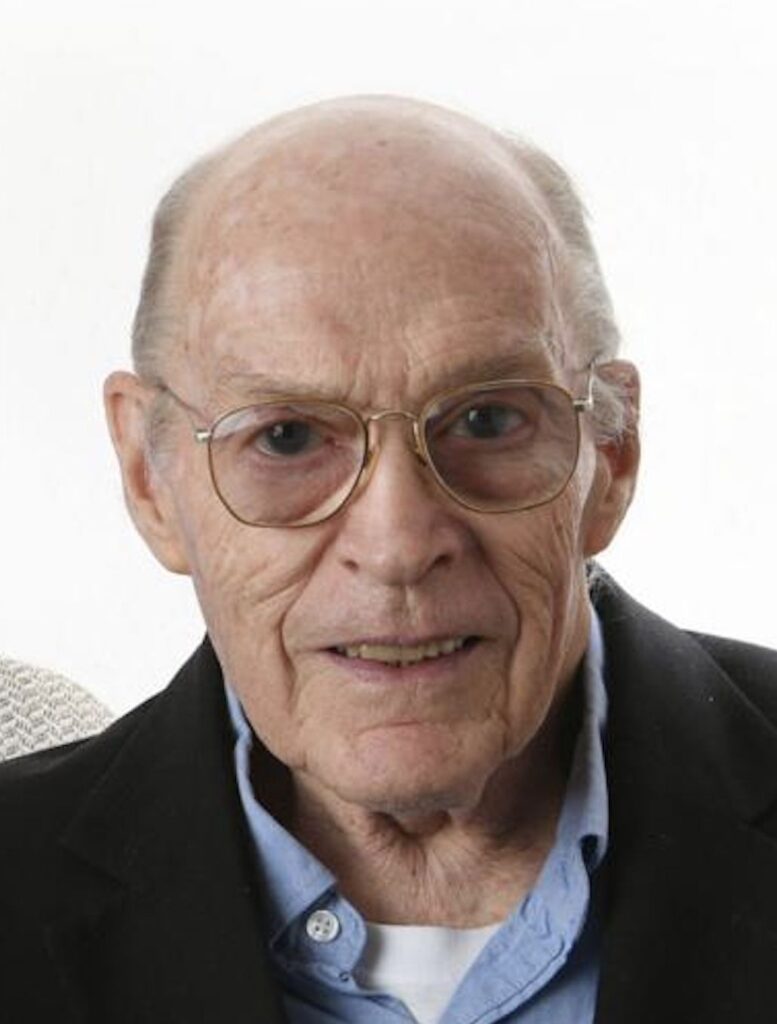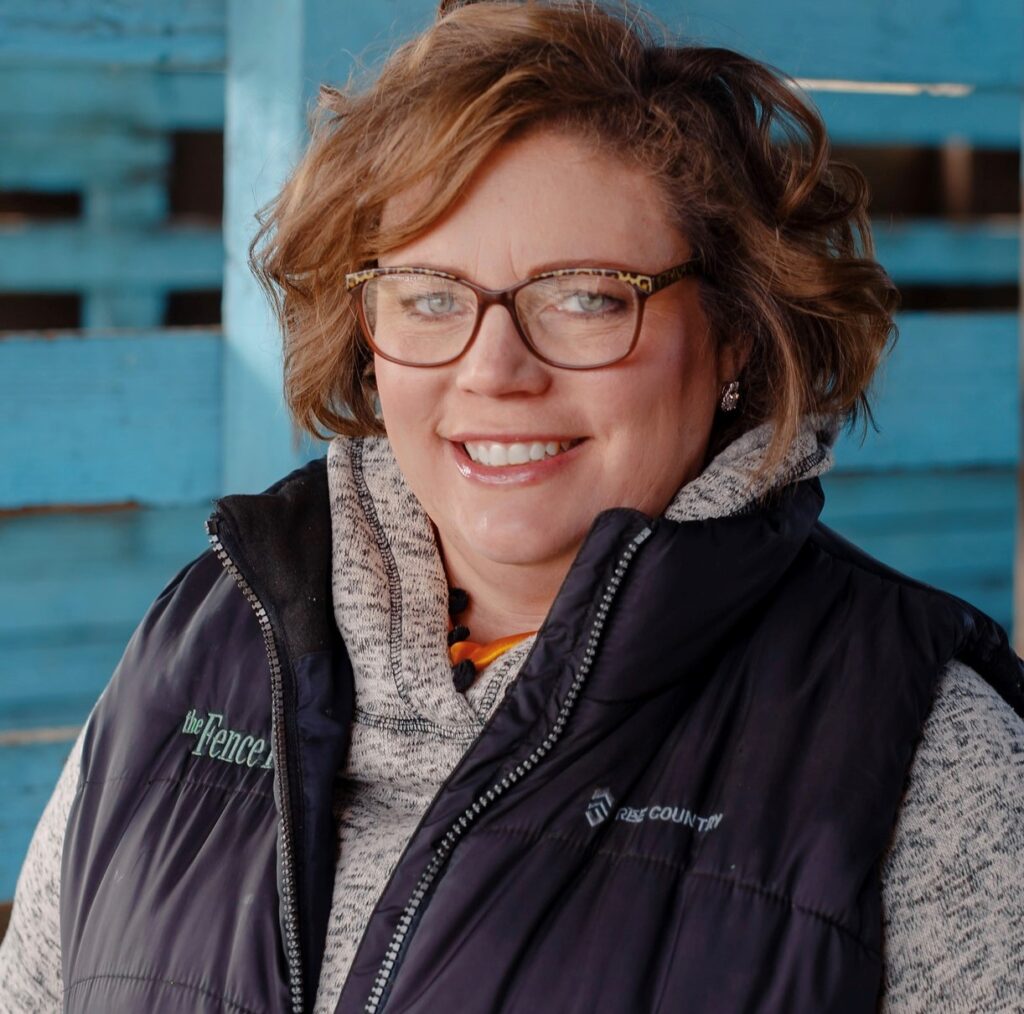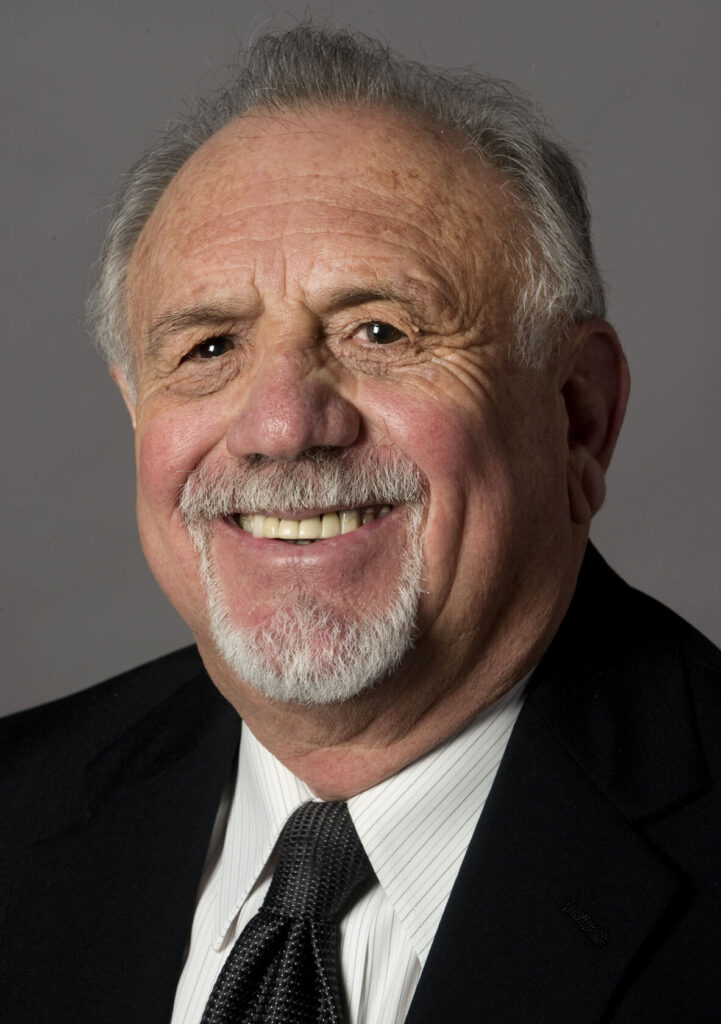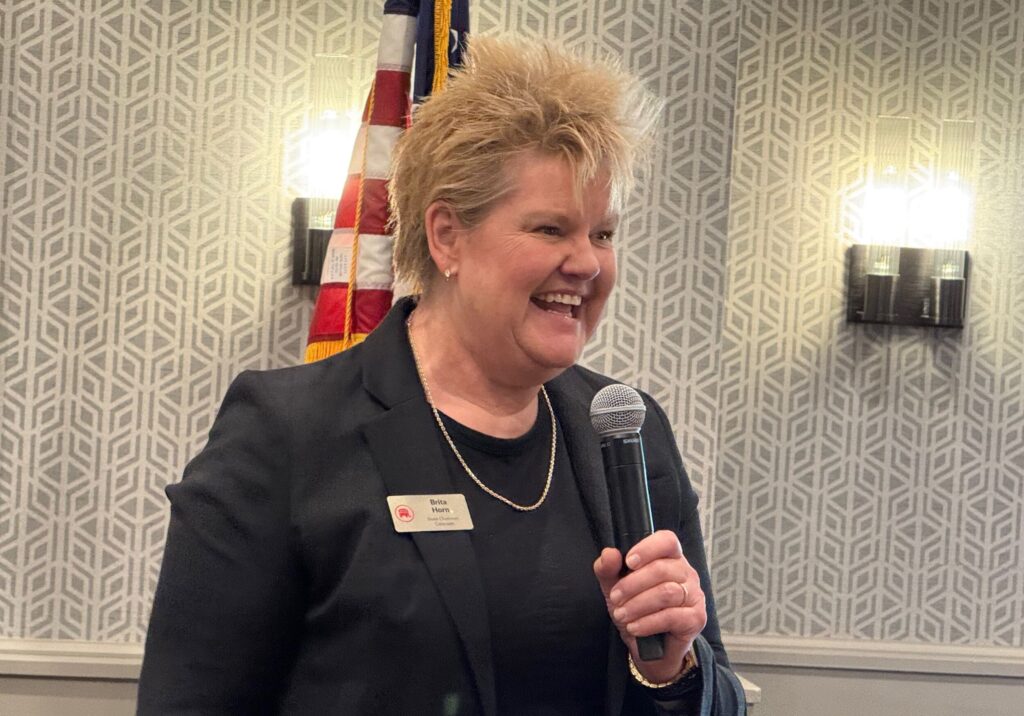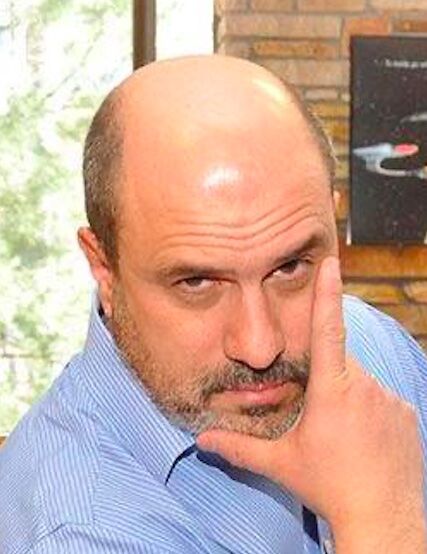The Colorado roots behind some of the iconic photos of our time | SONDERMANN
The face behind the lens and the finger on the shutter of the camera that has captured some of the most memorable, even iconic photos of our time belong to a Colorado kid now fully grown up and established as one of America’s premier news photographers.
More than 20 years ago, I knew a young Leah Millis as a friend and classmate of my daughter in elementary and middle school.
Fast forward more than two decades. If you are a sentient human being who follows the news (and the fact that you are reading this column means you pass that test), you may not know Millis’s name, but I guarantee you have seen her work.
Millis is famous for her wide shot of the chaos at the U.S. Capitol on Jan. 6 with a flash bang going off. Another tighter photo of flag-waving rioters trying to breach the building is also hers.
To the extent that scenes from that fateful day remain etched in our minds and in the public consciousness, Millis provided many of the images.
However, it is no easy journey from an initial darkroom class at The Logan School to the frontlines of homegrown insurrection or protests in Hong Kong or immigrant caravans across Mexico or riots in Minneapolis or battle trenches in Ukraine.
Still only in her mid-thirties, Millis has taken pictures to document some of the biggest stories of the last decade. This column momentarily takes away her anonymity behind the camera and tells her story.
Millis recalls saving her money as a young child to buy a Nikon SLR camera that she found on EBay for around $200. Today it might sell for $30, she reports.
After darkroom classes, experimenting with home videos and a stint on the yearbook staff at Denver’s East High School, Millis recounts that a family trip to Haiti and time spent volunteering in medical clinics there made for a formative experience.
Millis tells of being surprised and shocked by what she saw but being able to use her camera to connect with people. It was a lightbulb moment when she realized “that’s what photojournalism is” and that it would allow her “to travel the world while broke.”
She went off to Knox College in Illinois for two years before transferring back to Metro where she graduated with a degree in journalism and a minor in international communications.
At Metro, Millis was blessed to find a mentor in Judy Walgren, an adjunct professor while also being on the photo staff at the Rocky Mountain News. Millis remembers the Rocky as “a goldmine for photojournalism at the time.”
When the Rocky shuttered, Walgren moved to the Denver Post and secured Millis an internship there. Other intern opportunities followed at papers in Loveland, Minneapolis, and Tampa Bay.
All of this led to Millis’s first staff position as a photographer for the Casper Star-Tribune. That is called paying one’s dues. Even as Millis harkens back to “really, really loving that job working for a small paper.”
By the time a year had elapsed in Wyoming, mentor Walgren was the director of photography for the San Francisco Chronicle and hired Millis in her department. Casper to San Francisco is quite an early-career leap.
At the Chronicle, Millis used her photographic eye to provide powerful images of California’s drought, the rise of the Black Lives Matter movement in Oakland complete with police response and no shortage of tear gas, and the Berkeley protest wars of 2017.
The latter marked Millis’s first real foray into photographing the rise of American political extremism. Little did she know where that story would take her less than four years later.
At the end of 2017, Millis applied for a position with Reuters and was hired to be part of their Washington, D.C. bureau.
Since then, Millis’s life has been a veritable whirlwind. I get tired just listening to her recollection of the assignments.
She covered the final three years of Trump’s term. She traveled with migrant caravans across Mexico in 2018. She was in Hanoi in 2019 for the second summit between Trump and North Korean dictator Kim Jong Un. Later that year, she was in Hong Kong for the street upheavals protesting China’s increasingly domineering presence.
For that Hong Kong coverage, her Reuters team received a Pulitzer Prize. Millis’s photos were front and center in telling that tale.
Replete with mask and Covid-era PPE, Millis landed in Minneapolis a few days after George Floyd’s killing to cover that turmoil. She returned to Washington to document those protests. Her photos of the “Stop the Steal” movement culminating in Jan. 6 cemented her professional standing. More recently, she has made two trips to Kharkiv in eastern Ukraine where she reports being shelled every day.
To be sure, it is not all conflict and tragedy. Millis was in Tokyo to photograph the Covid-delayed Olympics in 2021 and will be in Paris to do the same this summer.
For photography geeks, Millis informed me that the camera she most often carries these days is a Canon R3 mirrorless with a silent shutter.
Having known Millis since she was a rather young girl, all of this invited the question of how she processes the totality of tumult and gore that she has viewed. She is impressively open about her struggles with what is known as vicarious trauma.
Millis credits “a really good therapist who used to work with soldiers” for helping her to handle all she has seen. She also relies on her garden, her writing, her mixed martial arts classes and a strong support system to get her through.
Her manner is often to dive into trauma instead of pulling back and erecting barriers. In that vein, Millis has helped the Rebels Project amplify its voice. Founded by survivors of the Columbine school shootings (hence the name for the school’s mascot) years later after the Aurora theater massacre, the Project aims to connect and support other such victims of mass trauma.
When I asked Millis whether she saw herself still doing such work at age 50 or 60, she responded with uncertainty. “I try not to previsualize my assignments. Similarly, I really don’t previsualize my life.”
Though for however long Millis stays at it, her purpose is clear. “I try to do my job with humanity and empathy. And I try to do the least amount of harm while telling the story.”
The old adage is that a picture is worth a thousand words. When the picture is the product of the keen eye, big heart and immense skill of Leah Millis, the value is many times that.
Eric Sondermann is a Colorado-based independent political commentator. He writes regularly for ColoradoPolitics and the Gazette newspapers. Reach him at EWS@EricSondermann.com; follow him at @EricSondermann


